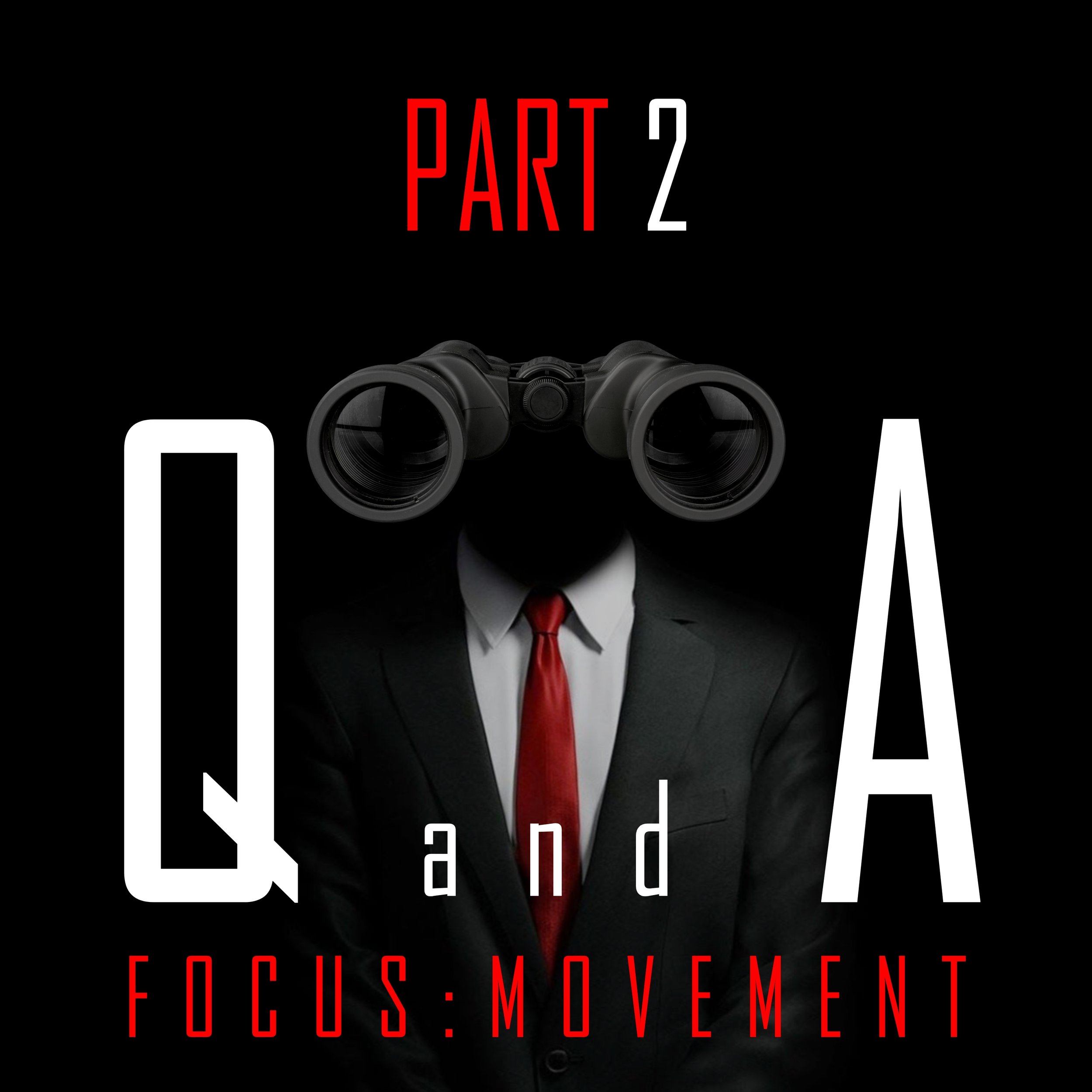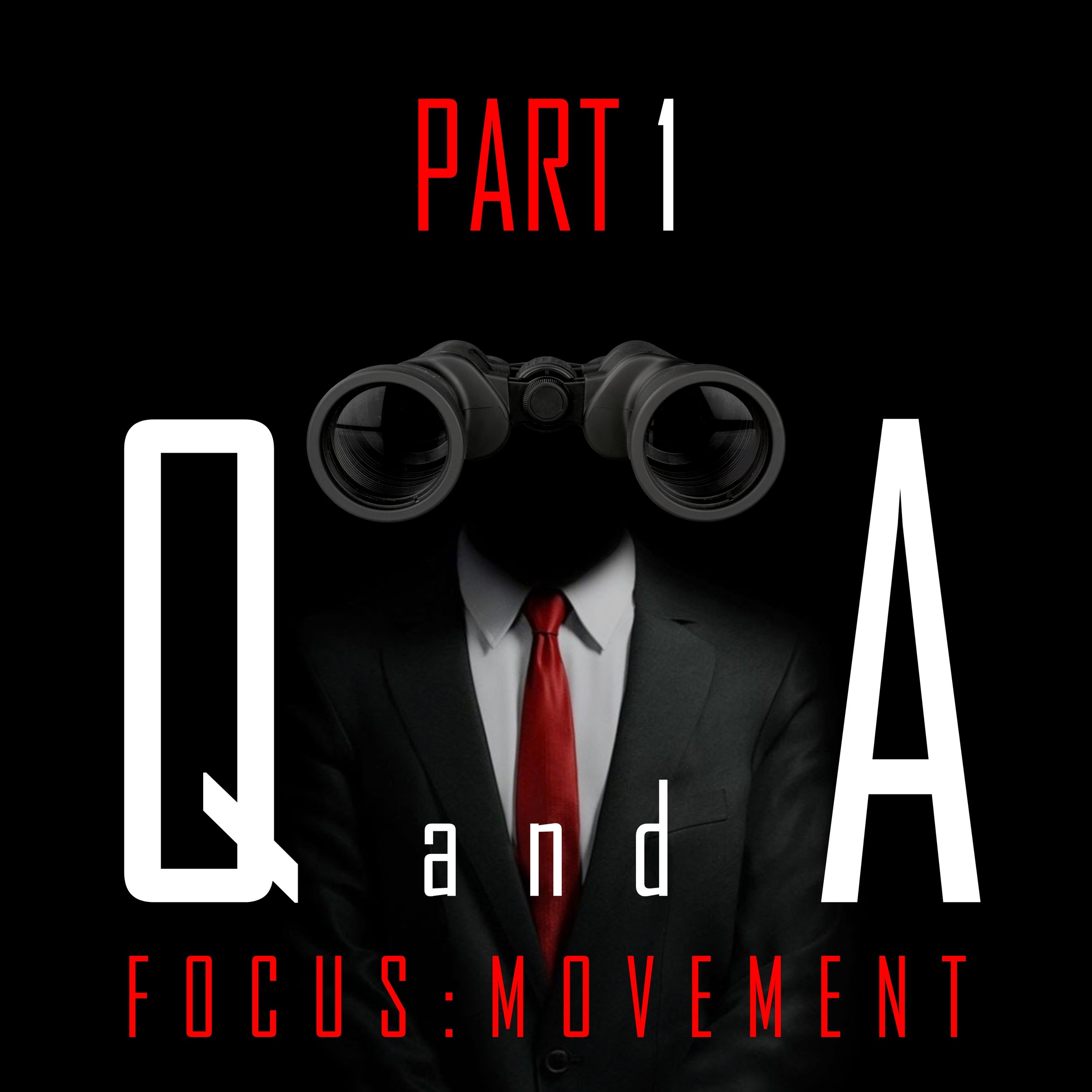Reader Questions: Onsighting
I recently received a comment/question that piqued several of my interests at once...
Tom writes:

Really like your blog, like the advice on planning and training.
I have a scheduling question for you:
I'm primarily interested in raising my trad onsite level. In the last year I've started climbing in the gym twice a week (in addition to 1 day outside on the weekend).
Am I better off hitting the gym twice a week for a 90 minute workout each session, or three times a week for 60 minutes each session?
Either way, I'm still trying to get to the point that I would be able to onsite 90% of the trad routes I climb on saturday or sunday.
Well Tom, I'm going to answer your question, as well as a question you didn't really ask.
See, you first asked about scheduling your training, which I feel is one of my strongest attributes... being able to fit training into a more than full schedule. You also spoke of trad and onsighting. Both have an important place in my heart, as I began as a traddie, and onsighting was my primary focus for many years, only recently yielding to working redpoints.
As far as the scheduling goes, you've already got it figured out. You've given yourself 2 options, both of which will work wonders, as long as you're doing the right things to move toward your goal. Since your options are pretty specific, I imagine your schedule is packed much like mine is, and if you chose one of your time allotments, it wouldn't always work out exactly as planned. So I say to "stay open". Make sure you're getting your 3 hours a week, one way or the other, and you're golden.
The important thing is doing the right exercises to push you toward your goal... onsighting, specifically of trad routes. First I wanna talk a little about onsighting, then I'll focus in more on trad climbing...
There is one all important thing that you MUST do before attempting an onsight. COMMIT. If you leave the ground with the common thought of "Oh, I'll just try it, and maybe I'll go for the onsight, but if it feels too hard or confusing, I'll just take and go bolt to bolt", then you've already lost. You have to make the decision before you leave the ground, or your natural instinct will kick in. For many, the natural instinct is to say "Take!" and work out the moves. Oftentimes an onsight attempt will make the second try harder, because you don't learn as much as you would going bolt to bolt, or piece to piece. An all-out onsight attempt at your limit can blow your whole day. Keep these things in mind while making your decision... but no matter what you decide...commit to it and execute. That is step one, always.
While on route, the decision making doesn't end. In fact, it only intensifies. Still, once you make a decision, you're better off sticking to it and trying hard. If you grab a hold that isn't as good as you expected, immediately decide if it's usable, and if it is... USE IT. You'll waste energy looking around for something better, and the hold you chose probably fits in the sequence the best... thats why you chose it. While at good stances, look ahead and decide on a sequence. Look for clues... thumb prints to indicate which hand is used on a hold, rubber marks to show which way feet are being used.
While its true that attempting onsights is the best way to get better at onsighting, there are ways to train for them in the gym (or at the crag on training days).
1. Change your pace.
Everyone has a natural pace. Some climb at warp speed, while others, like me, climb much slower. Learn the other way. Practice your opposite pace on onsights that are well below your level. The goal is to get equally adept at whatever pace you deem to be needed at any section on an onsight.
2. Stop searching.
Naturally, we want the best hold, or best part of the hold. And naturally, we don't always find it on first try. So what? While warming up, and well, nearly always, practice using what you first grab or step on. The result is that you'll learn to become more precise, even when moving to unknown holds.
3. Learn to rest... and when to.
If you train endurance and recovery (you should be), pay close attention to what you can actually rest on effectively. If you don't find it on the route... don't try and rest. We all see people get stalled out and trying to shake out on holds they can't recover from... don't be that person.
Trad specific onsighting:

Ok, Tom. Over the years I've put a lot of thought into what it takes to onsight trad routes. There has to be a way for weekend warriors to train for it, right? I think there is, but alot of it has to take place outside of the gym.
1. Choose the right piece.
This may seem obvious... but I'm surprised every time I watch trad climbers by how many of them have to try 3 or 4 pieces before they find the right one. I've practiced this, and helped other practice it, in several ways. Number one, while you're waiting around on the ground while your partners are climbing, or during a break, or whatever... place gear. Find a crack or pocket, and choose a piece. Do this often, and you'll only get better at pulling the right piece off your rack every time. While you're at home, you can do it this way... use two dumbbells, form a "crack" between them, and decide what piece fits. I've done this with a partner, while sitting across the room... I set the dumbbells, she chooses a piece, I place it, and she tells me whether or not she was right. If you can pick pieces from across the room, you can oftentimes choose your appropriate rack from the ground.
2. Varied Laps.
When you've tried your project, or attempted your goals for the day... dedicate that last portion of the day, when you're worked, tired, and failing, to training. Climb the same routes over and over, always in control, never resorting to flailing. Be careful of this. Its flailing that ruins skin and causes injuries, which only limits your climbing. Climb it slower. Climb it faster. Find EVERY rest stance on the route and use them. Next go, pass them all up. Focus on the movement and making it smooth. The more you do, the more your body learns... but your body will learn to flail if thats what you resort to. Keep the control.

Trench Warfare. Photo by Thad Bookman
In my opinion, an onsight near your limit is the pinnacle of climbing. It takes a far more diverse bag of tricks, that you can access at a moments notice, to pull off a difficult onsight. Luckily, you can train for it. Tom, hope that helps.



















How should we separate training and performance when they both occur in the same environment?